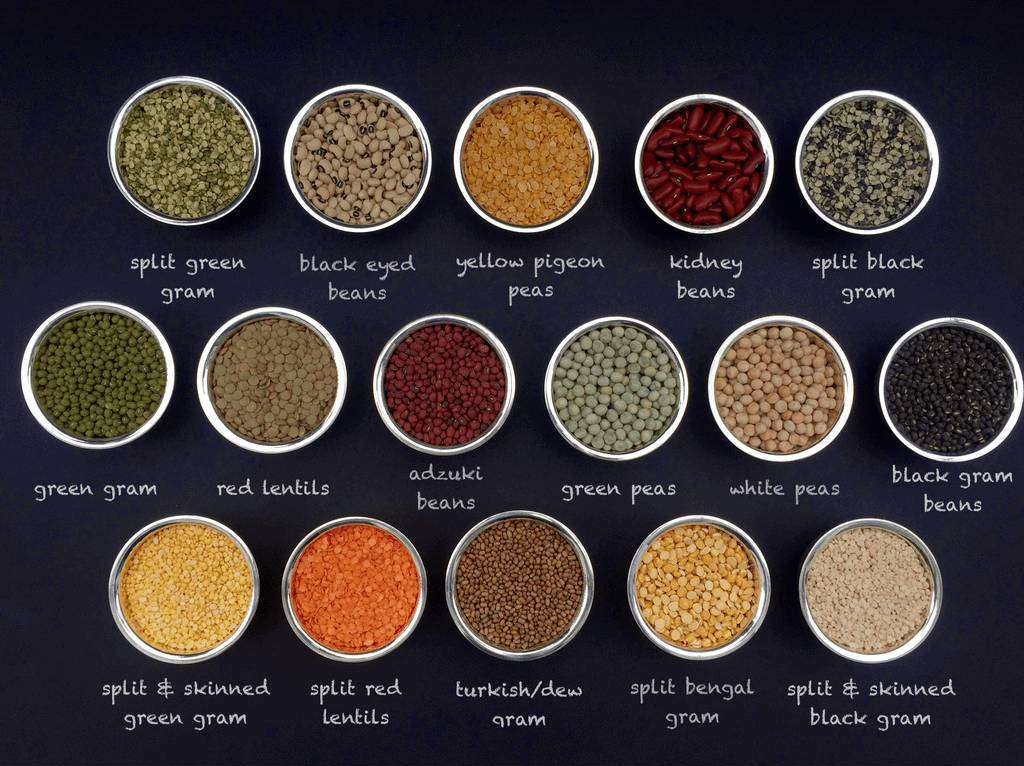Indian Pulses
Most of us are confused when it comes to referring to pulses, cereals or spices in English. Mostly because we are used to refer to these products in our regional names or Hindi. Here’s a detailed glossary that will help you search for relevant English names for most of the food products that add to the distinct taste of the Indian cuisine. For ease of reference, the food products have been divided into four categories – Pulses, Cereals, Spices and Seeds and General.
India contributes to 75% of global spice production. This is reflected culturally through their cuisine; historically, the spice trade developed throughout the Indian subcontinent, as well as in East Asia and the Middle East. Europe’s demand for spices was among the economic and cultural factors that encouraged exploration in the early modern period.

